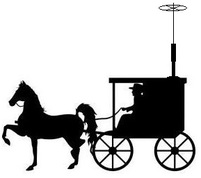If you do a search on that internet thing for "9:1 unun" you'll find all kinds of diagrams, far better than what I could draw for you. I mostly wanted to share this because I was pleased with how I was able to make myself a "mini" 9:1 unun. I managed to squeeze the whole thing into a 3x2x1 project box. It won't handle high power, but for 100 watts or less here at home, or as another piece of ammo in the portable kit, I think it will be just the ticket!
|
I've been fiddling with a couple antenna things because I want to get some more permanent options in the air while I work on the home shack (you can get up to speed on that project by starting here and following the links at the end of each post.) and eventual tower project. As I was messing around, it dawned on me that the desk I am sitting right now, faces a window that looks over the top of our addition and into the back yard. The addition has a metal roof. Why not throw a random-wire end-fed into the trees across the back yard, and use the metal roof as a counterpoise? End-fed antenna's usually need an unun to transform the high impedance of the end of the wire into something that the radio or tuner will be happy with. This usually means that a 9:1 unun is just the ticket. With that thought, when I should have been going to bed, I was making this little number out of scraps of wire and hardware from my garage, along with a couple bits from the electronics stash: If you do a search on that internet thing for "9:1 unun" you'll find all kinds of diagrams, far better than what I could draw for you. I mostly wanted to share this because I was pleased with how I was able to make myself a "mini" 9:1 unun. I managed to squeeze the whole thing into a 3x2x1 project box. It won't handle high power, but for 100 watts or less here at home, or as another piece of ammo in the portable kit, I think it will be just the ticket! Once I had the thing built, I threw a 650k resistor across the terminals (because that's what I had handy), and then put the antenna analyzer on it just to make sure I had the winding correct and had it wired correctly. It read at something in the neighborhood of 1.5:1 across the entire HF spectrum, so I'm gonna take that as a good sign! All that will be left to do is to attach an appropriately random length of wire to it, connect the counterpoise terminal to the roof, and hook it up to the rig to see what happens when it actually has some power applied. Just for fun, here's a couple more pics of my handy-work as I threw it together: . .
5 Comments
Post Contains Affiliate Links ...she was so much suprised, that for the moment she quite forgot how to speak good English... -Alice in Wonderland I can't really say I was surprised this week, but I have found myself being "curiouser and curiouser" about ham radio satellites! It seems like everyone is talking sats and amsat at the moment. I follow several folks on Twitter who are into satellites, the crew at ICQ Podcast keeps mentioning them, and I just read through the Winter Field Day rules again, and was looking at those satellite bonus points... 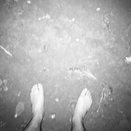 To see if this was an itch I wanted to scratch I downloaded GoSatWatch at the recommendation of NJ4Y and KX9X. They were right- this is a great app! Using it I went and stood in the field behind my house (in the mud...) And listened for the first time to a satellite pass as SO-50 went overhead. Think about it - signals from space! How is that not freekin' awesome! I know, most people aren't impressed because they think of satellites as a way to get their TV, but none of them can talk back to the satellite, so I still think it's awesome! In addition to listening to SO-50 passes, I also listened to the ISS pass a couple times during last several days. For one of those passes I actually hooked my HT up to my AnnaLink Interface (Remember when I made that? Whodathunk it would be useful for satellite stuff too!) I then used the audio modem in the PocketPacket app to snag a packet sent through the digipeater on the ISS. Fun stuff! Anyway, I think I have a new project in the queue, to add to all the other ones - building an antenna for satellite work (you should know me by now - I wouldn't be happy just buying one!) So, once I have the time to tackle it, I'll share here. I suspect however, that I'll end up using scraps from my garage, and maybe some of the stuff from this section of Lowe's: Bye for now!  If you're anything like me you may have missed the fact that the Winter Field Day 2017 results were posted a while back. The website breaks down the entrants into the 3 main categories for posting results: Indoor, Home, and Outdoors. To see those results check out the Winter Field Day 2017 Results Page. Based on those categories, I was in the "Outdoor" group, and I ended up in spot 77 out of 182. Last year the categories were done slightly differently, and in the group I was in, I was about 33 out of 40. I'd say I improved, considering that in the new groupings my score was up against all the multi-ops etc! I was curious though, how I fared compared to the same group I was in last year (Single Operator, Outdoor) so I grabbed the data and worked some pivot magic with Excel. In just the 1O group I was 41 out of 118 - a great improvement if you ask me! Anyway, enough about me - it dawned on me that others might be interested in some more detailed groupings, results, and data evaluation. With that in mind, here are the results in some of the breakdowns that people might be interested in. At the end of this post you can also find the Excel file that I used to generate these results, in case you are data nerd too and want to play around with it. Lastly, I do have a typo on some of these, but it is just that - a typo, it doesn't actually change the scores or rankings, so I'm not going to bother fixing it, since it would take forever (I'm not even going to tell you what it is - we'll see if you catch it ;-) Enjoy! Outdoor Categories1O
|
|||||||||||||||||
|
| ||||||||||||
If you've stumbled on my blog, or ever talked to me on the air, you probably know that I do quite a bit of portable and mobile operating (actually, because of the current state of my shack project, ALL of my operating is portable and mobile at the moment.)
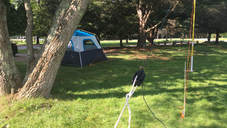
As I thought about it however, I really didn't feel like removing body panels, rolling back carpet, and all that business, so I didn't get around to it. While I was stewing on this, I got to thinking about the times I did do CW from the front seat. The Yeasu 857d (and probably the other Yeasu rigs as well) has a feature called "MICKEY." This feature lets you do Morse Code by using the mic as a weird sort of paddle. With this feature turned on, the down button acts like the dah, and the up button acts like the dit. It works, but to be honest it is a pain, so I started avoiding it.
The realization I had was this - those are just buttons. I can probably make an interface that plugs into the mic jack, and just uses the lines for those buttons, so that I can plug a key into the mic jack. The wheels started spinning.
- Down
- Up
- +5 v
- Mic Ground
- Mic
- PTT
- Ground
- Fast
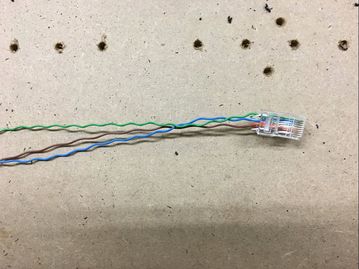

Now, to make this work, the settings on the radio are important, because I am relying on the "Mickey" feature. This means that I need to have these setting correct:
- Multifunction Row J - "BK" needs to be on (this basically tells the radio to actually transmit on CW), and "KYR" needs to be on (this tells the radio to use the built in keyer)
- Menu Item 26 - needs to be set to "Mickey"
- Menu Item 30 - sets the keyer speed (keep this to the speed you can copy)
- Menu Item 59 - needs to be set to "normal" (this selects the type of mic connected)
To wrap up, here's the parts list with links if you want to make your own. Several of these things come in quantities greater than you'll need, but it never hurts to have spares, or build up your supply!
Project Box 4x2x1
RJ45 Feed-through
2 Buttons
Stereo Jack
RJ45 plug
network cable
And, if you don't have these tools already, you might want to check them out as well. I used mine in this project, and in A LOT of other projects as well:
RJ45/RJ11 crimp tool
Dremel Tool
Bye for now!
My daughter is now 6, but it wasn't that long ago that she was still trying out new words. The first time I heard her try to say "activate" I had just picked up my phone, and had accidentally held the home button down long enough to turn on Siri. My daughter promptly said "uh oh! You actimated Siri!" To this day, in our house we still use the word "actimate" quite regularly.
After my contact with Jeff, I found a frequency of my own, and quickly racked up enough contacts to bring my total for this park past the 44 mark (the US awards only require 10 per park, but I like to shoot for 44 because that's where most of.the international awards kick in.)
|
|
|
With an easy power solution for the second evening, I was able to dive right in to making more contacts. With the pressure off, I started out in CW. This was a particularly exciting one for me, not because I made a lot of contacts, but because I upped my speed a little bit. I leaned CW using the PC program Just Learn Morse Code, which uses the Koch/Farnsworth method. As I practice I've been using faster character speeds, and faster word speeds, but on the air I've been hesitant, so prior to now I was keeping my keyer set at 5 wpm. This time I decided to bump it up to 7 wpm, and I found it was actually easier for me to copy stations at this faster speed, because it's closer to what I've been practicing. After a few more like this I just might have to bump the speed up to 10 wpm and have a go!
Anyway, with plenty of SSB contacts, and a few more CW contacts under my belt, I was in good spirits as I packed up and headed out. I don't know what park I'll end up at next, but I hope I have just as much fun as I did at Mashamoquet!
As a final note, if any of you are CW newbies like me (or seasoned pros for that matter) check out the ditdit.fm podcast - it's a new one, all about CW. For me it has been a good resource for tips and hints from the CW pros. It's also nice to hear the top notch operators talk about their experiences when they were in my shoes - great stuff!
Categories
All
Antenna
Cw
Digital-modes
Flying-with-gear
Home QTH
Miscellaneous
Mobile
Operating Events
Portable
POTA
Shack Build
Technical
- N3VEM -
Welcome to my Ham Radio Blog! This blog was started primarily to share my two concurrent shack builds - my mobile station and my home station. Over time, this has grown to include sharing about my operations, and general radio-related thoughts that I have as a newer operator.
Enjoy!
Archives
September 2020
July 2020
January 2020
September 2019
August 2019
July 2019
June 2019
May 2019
March 2019
January 2019
December 2018
November 2018
October 2018
September 2018
August 2018
July 2018
June 2018
May 2018
April 2018
March 2018
February 2018
January 2018
December 2017
November 2017
October 2017
September 2017
August 2017
July 2017
June 2017
May 2017
April 2017
March 2017
February 2017
January 2017
December 2016
November 2016
October 2016
September 2016
August 2016
July 2016
June 2016
May 2016
April 2016
March 2016
February 2016
January 2016
December 2015
November 2015
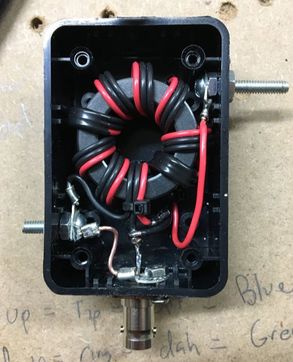
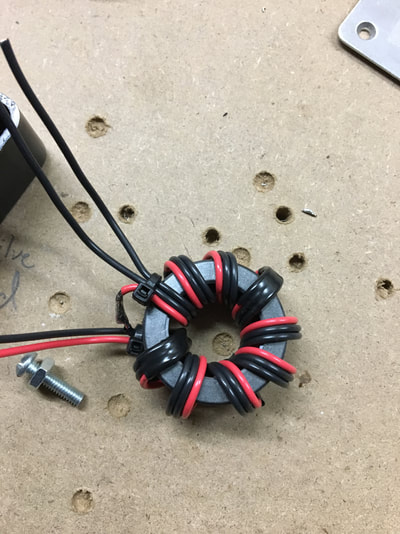
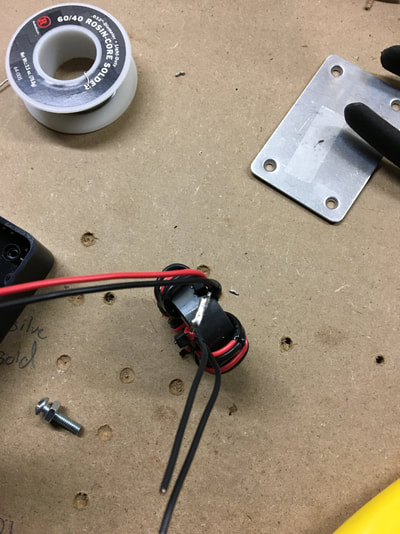
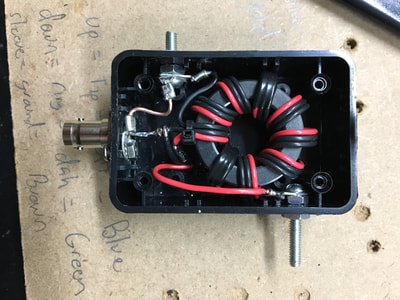
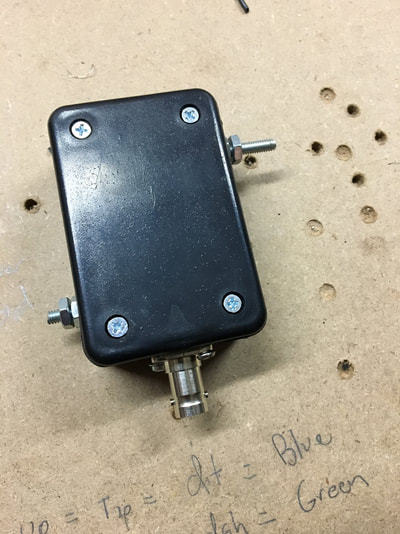
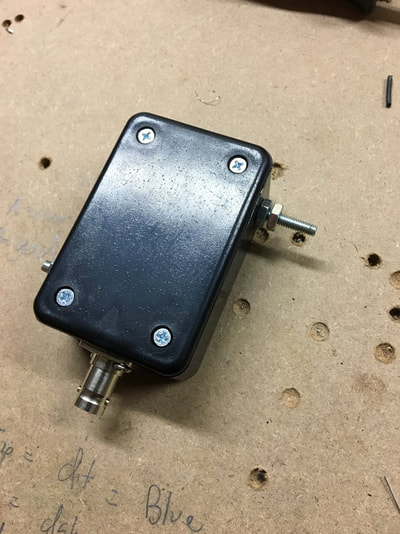
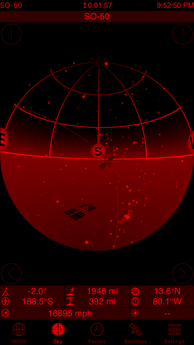
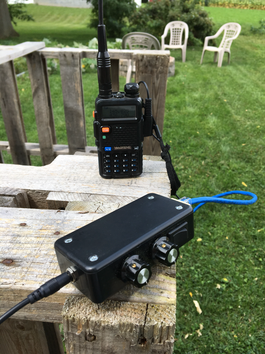
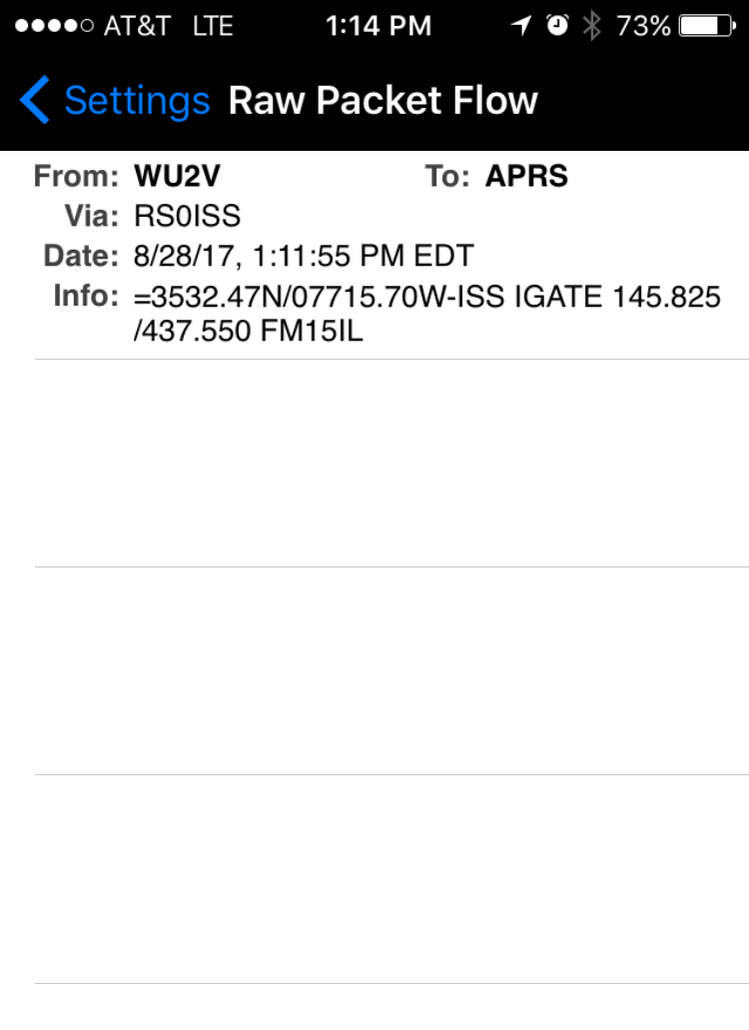
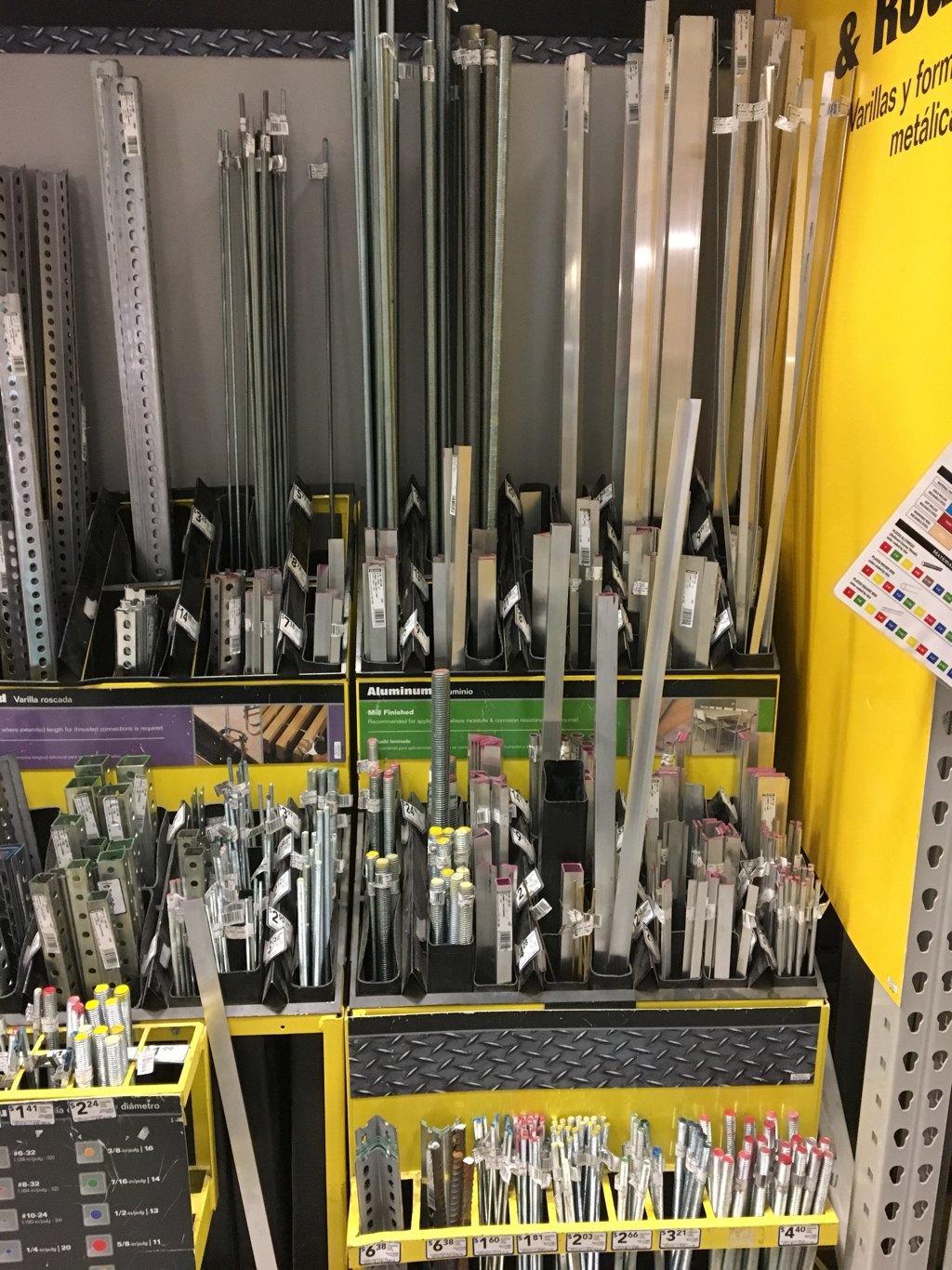
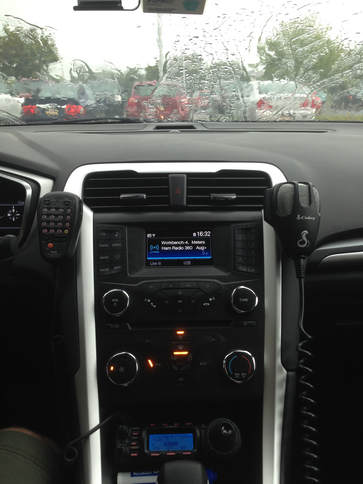

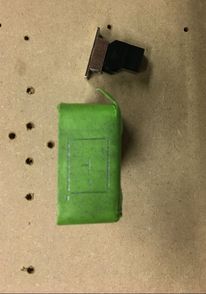
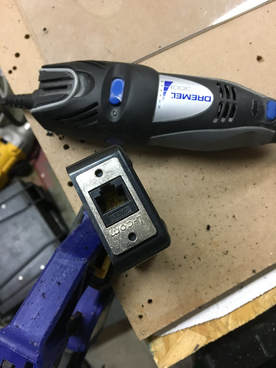
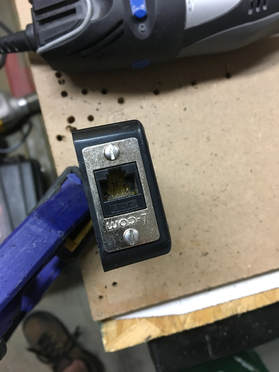
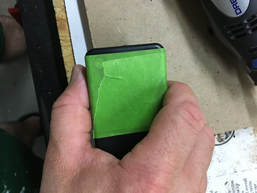
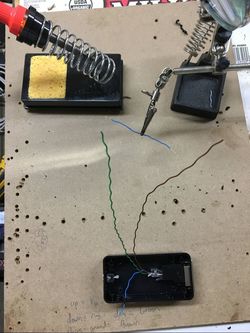
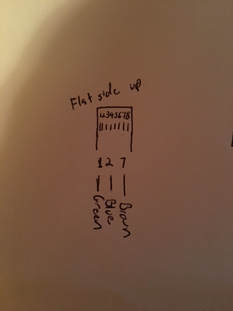

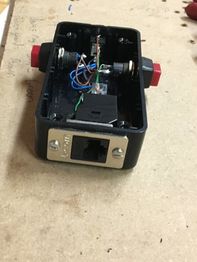
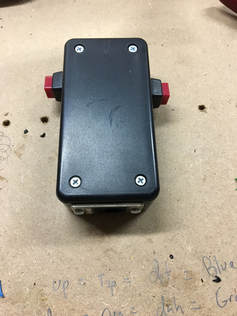

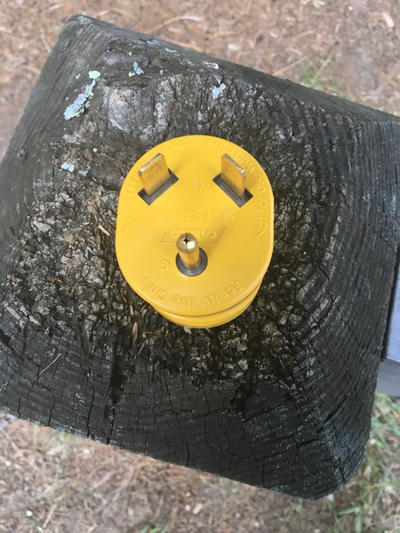
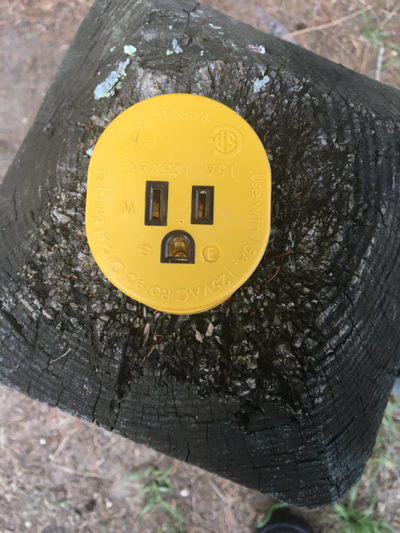

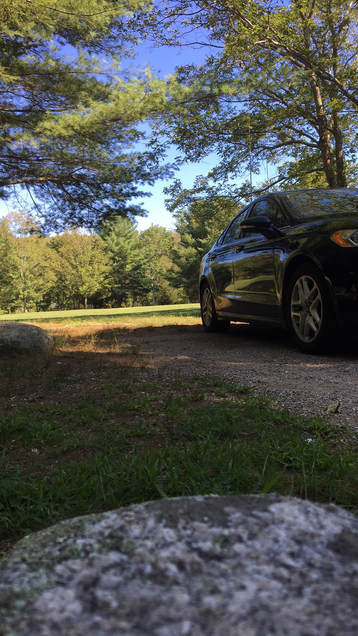
 RSS Feed
RSS Feed



